- date_range 21 nov. 2023
- person Nathalie Daumas
- toc Our posts
- favorite 0 likes
- remove_red_eye 6656 views
- comment 0 comments
The word "kilim" is commonly used to designate a woven wool carpet originating from the Near East, the Caucasus and Central Asia. These carpets have been around for almost ten thousand years, an assertion supported by numerous archaeological remains. Until recently, their function was not commercial. They reflect the authentic memory and identity of the sedentary, nomadic and semi-nomadic peoples who weave them. Each tribe and village has its own distinct style, ranging from shimmering colors to more sober motifs, depending on the region. When Henri Daumas discovered kilims during a trip to Lebanon and Syria in the early 1970s, he was totally captivated by the beauty of these woven wool carpets. As a result, the TRIFF gallery, the source of the craze for these pieces, has become THE reference, acclaimed for the quality and relevance of its selection.
Origins and Fabrication
Its technique is similar to tapestry. Consisting of warp threads running lengthwise, vertical weft threads run between them to form the distinctive patterns. Although made without velvet, the kilim technique ensures a tight weave, guaranteeing its robustness. Every kilim from Galerie TRIFF is a handcrafted masterpiece. Originally, these weavings were the work of nomadic or village women to meet their domestic needs. They used the raw materials at their disposal, mainly wool, with the occasional addition of cotton for the warp or to highlight certain motifs. These craftswomen made their weavings without drawing boards, interpreting the traditional motifs of their region or tribe themselves, which were passed down from mother to daughter. Today, this authentic know-how makes it possible to determine a kilim's region of origin.
Diversity and origin
The diversity of motifs is remarkable. Although 80% of the antique kilims we offer come from Turkey, our kilim collection also extends to pieces from the Near and Middle East and Eastern Europe. Each region has its own patterns and styles, reflecting its rich history and traditions.
The Three Ages of Kilim
Collectors’ kilims
This name refers to weavings made when chemical dyes were not yet available in their country of origin. Wool was dyed with vegetable dyes.
A greater or lesser number of years does not necessarily add value to kilims. Only the notion of authenticity conferred by the use of vegetable dyes and the making of these rugs for personal, non-commercial purposes is taken into account. The first chemical dyes were invented at the end of the 19th century and soon reached Asia Minor and the entire Near East. In some regions, such as Iran, these dyes arrived later, as late as the end of the Second World War. Vegetable colors are characterized by their brilliance, which has remained almost intact over time, and their vigorous density. The use of indigo blue is systematic, making it possible to distinguish at first glance truly ancient Kilims from more recent ones.
Antique kilims
What differentiates collectors' kilims from antique kilims is the type of dyes used to dye the wools. Indeed, as soon as chemical dyes appeared on the market, women were seduced by the palette of very bright and varied colors offered by this new process, and gradually abandoned the use of vegetable dyes. Aniline dyes were developed in the 1860s by the German company Bayer. As Germany and Turkey were close economically and politically, the westernmost regions of Turkey had access to chemical dyes by the end of the 19th century, while the easternmost regions were supplied 20-30 years later. The colors of these kilims, originally garish, have faded with light and time. The blues have become gray, the reds pale terracotta, the meadow greens lime, etc. This gives them a delicate, "powdered" look that makes them suitable for most interiors.
New kilims
The TRIFF gallery has been developing its own collections since the 1980s, contributing to a veritable kilim renaissance. These kilims are intended for the commercial market, and are made from drawing boards supplied to the artisans. Galerie TRIFF kilims are made with the finest quality wools and dyes. The entire production process is carried out by hand, from spinning the wool to weaving the carpet. In addition to reproductions of traditional designs, this enables us to offer a wide range of contemporary models that combine color and material effects. In Turkey, kilim weaving is traditionally the work of women. All the kilims in the Turkish collection created for TRIFF are woven by women in the villages of Anatolia, which also helps to maintain activity in the Turkish rural environment. Galerie TRIFF has also developed a collection of contemporary kilims from India, whose wools are used for more graphic designs. In this part of the world, it's the men who weave our kilims, always by hand with hand-spun wools.
Conclusion
The kilim is a cultural and artistic treasure, reflecting the heritage and traditions of many regions. The relationship between the kilim and Triff Gallery began with a love affair with Middle Eastern culture, and has since developed into a true love affair with these works of art. As you browse through our collection, you'll discover the beauty, diversity and profound meaning of each piece.

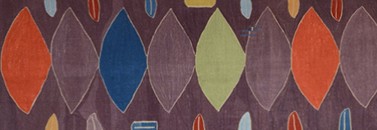
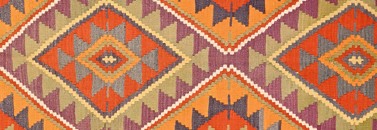
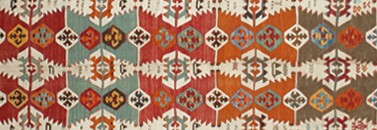
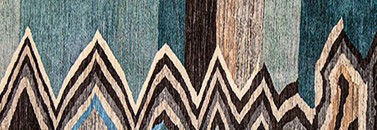
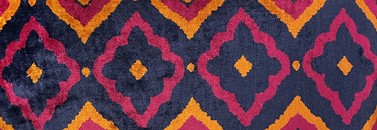
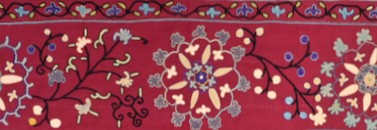
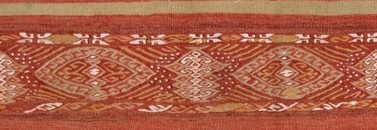
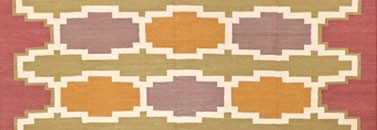
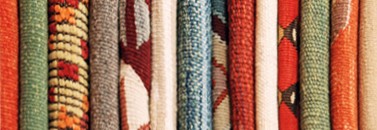
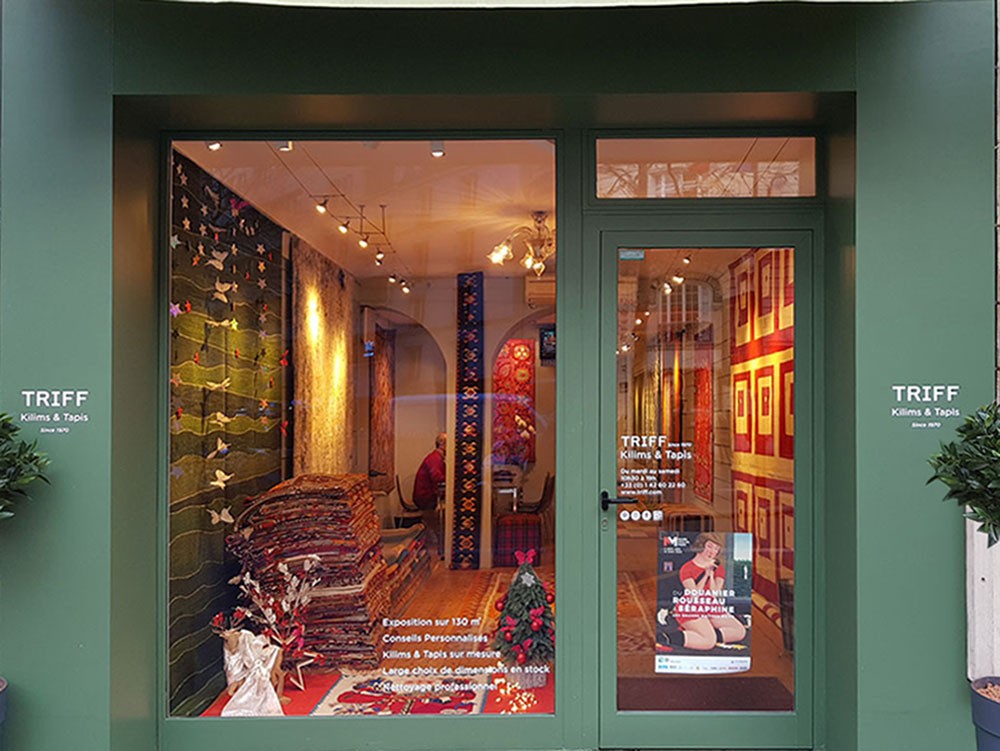
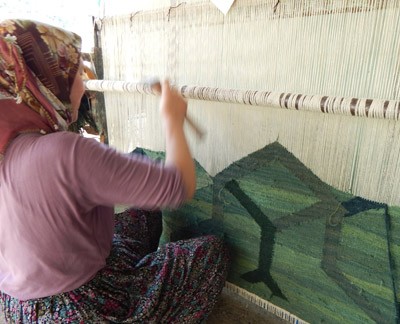


Comments (0)